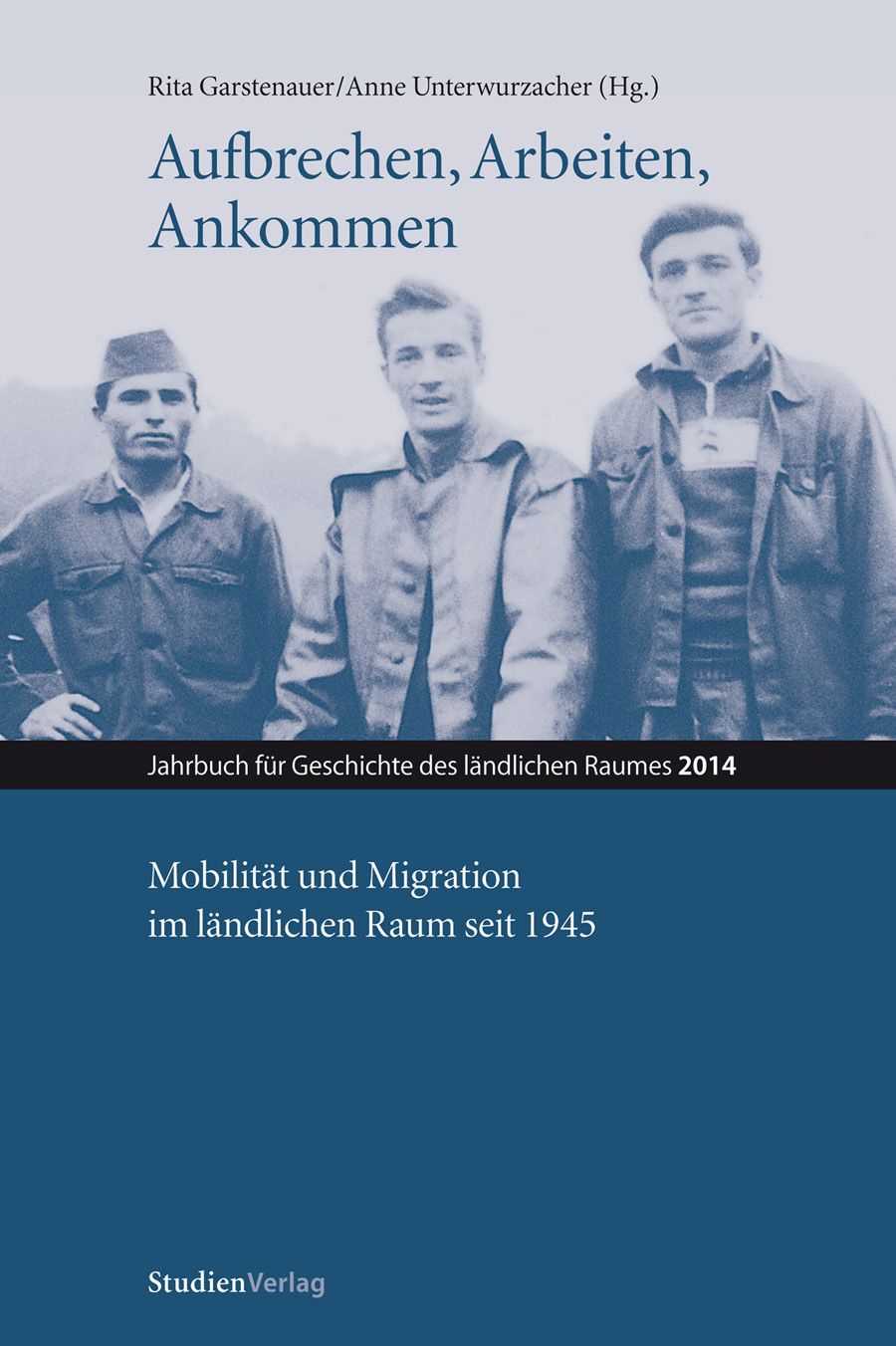Schlüsselfaktor Zuwanderung
Migration in ländlichen Regionen Österreichs
DOI:
https://doi.org/10.25365/rhy-2014-9Abstract
The increase of immigration is experienced as an important aspect of contemporary rural change across European countries and across the globe. Although migration to and from rural areas is not a recent phenomenon, it has increased over the last three decades. The paper focuses on the Austrian context where the share of foreigners increased from 4 percent at the beginning of the 1990s to about 12.5 percent today. If second generation immigrants are included, the ratio goes up to 19.4 percent. Almost all rural regions of Austria were ‘immigration areas’ in the last decade. This specific development can be seen from recent migration data. By differentiating the various components of migration movements (international, local, regional and national internal movements), we explore the relevance and scope of the different migratory pathways. In particular, changes in the spatial distribution of migration to and from regional types are presented to emphasize that both directions of migration movements have to be taken into account. Only in this way it is possible to grasp the increase in migration and its challenges for rural regions. Within the perspective of European integration, this development poses particular issues for policy adaptation towards pro-active measures of a culture of welcome with regard to social and economic rural policies.


